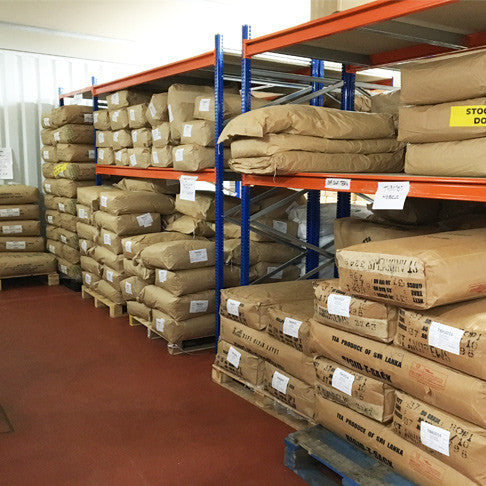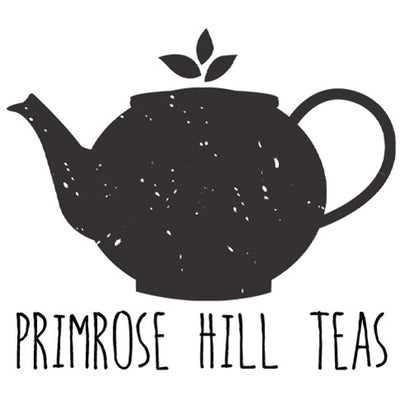
Focus: Tea Origins
Where it’s hot and relatively wet, there’s tea.
Tea is grown in well over 30 countries in the world and all are slightly different due to the soil types, number of sunshine hours, altitude, rainfall, unique processing techniques.
Argentina – typically has an earthy character and is fantastic for iced tea as it is fairly neutral in flavor and has a deep red color that remains transparent in the glass.
Australia – there are a couple of estates producing a small amount of tea that’s fairly bright and not bad quality.
Bangladesh – the leaf tends to be very black and uniform in shape and the liquors are relatively dull – not famed for its quality although a few gems can be found in a good season.
Brazil – tea from Brazil has a lovely inexplicable nutty character when brewed with or without milk. It’s golden in liquor with a good thick mouth feel.
China – Most tea in China is grown on small family run plots and as a result, each one has its own distinct character. Generally speaking, Green Tea is preferred in China, but can be in infinite shapes, sizes, colors and. In China, black tea is (unjustly) considered inferior to green tea and is therefore usually manufactured at the end of the season – this is probably where people’s perception of green tea being better for you originated.
Ethiopia – a relative newcomer to the tea world, there are only a handful of estates, but they provide bright golden liquors with lots of flavor.
Georgia – Probably the most well known of the former Soviet States that produces tea. The small amount that is exported tends to have a fairly neutral flavor that works best drunk without milk. Most Georgian tea finds its way into the teacups of Russia.
India – The best known of these is the Darjeeling region in the foothills of the Himalayas – affectionately known as “the champagne of tea” as only tea from the region can be called a true Darjeeling – it has a very distinctive pungent flavor. Assam is the next well-known region – teas from this area have a very thick mouth feel and the liquor is golden with a lovely malty flavor. Tea is also grown in the south of the country with the Nilgiris being the best of these, having a very fresh and green character of flavor.
Japan – Once again, there are a plethora of shapes sizes and flavours produced in Japan, but they all generally tend to be fairly delicate and aromatic. Because the sea is never more than 120km away, the sea air iodized notes to the leaves and a marine aroma suggesting seaweed and fresh grass. Sencha style green tea (steamed rather than dried in the manufacturing process) is the most famous with its intense fresh character. Other, lesser known tea from Japan includes “Genmaicha” which is a delicate green tea mixed with roasted grains of rice – definitely an acquired taste!
Kenya – the largest producer of tea in Africa, a good Kenyan tea will have a golden and bright liquor and would be considered to be relatively strong in flavour and character. As with the rest of African tea, Kenya predominantly produces “cut tear curl” black tea for the tea bag market, but there are a few interesting green and orthodox teas to be found.
Malawi – The industry is mainly composed of small artisan estates. The soil in Malawi is incredibly red and the tea grown there has inherited this characteristic – sometimes the liquors are almost purple they are so colorful.
Nepal – Experiences similar weather conditions to Darjeeling, but due to lack of investment could not flourish as much as their tea neighbors. The tea produced in the region is primary for the domestic market and consists of mainly black CTC processed tea.
Papua New Guinea – Not the best tea in the world, but strangely show great liquoring quality and color in soft water – popularly drunk in Australia where this is the case.
Rwanda – recent political events have decimated the tea crops, but now they are making a comeback to their former glory – producing some of Africa’s finest teas that are so bright you almost have to wear sunglasses when drinking!
South Africa – famed more for it’s indigenous Rooibois, South Africa can also produce some great red or golden teas.
Sri Lanka – Formally known as Ceylon is now one of the major tea exporters, partly due to the climate which allows growers to produce several harvests a year. Depending on the elevation of the tea estates in the country, the tea will characteristically display different flavor traits. A tea from a low grown elevation will usually be darker in liquor and leaf with a heavier mouth feel. From medium elevation, the tea will be easy drinking and have a fairly bright liquor. The highest elevation is the bright in liquor, strong in flavor and almost medicinal in character for the very best – fantastic either with or without milk.
Taiwan – some weird and wonderful teas of all shapes and sizes can be found here – generally Oolong Teas with a delicate character.
Tanzania – until very recently, tea from Tanzania was considered to be of inferior quality to it’s neighbor Kenya, but now there are some great bright and well made teas challenging this conception.
Turkey – probably unknown to most, Turkey is one of the world’s largest producers of tea. Like Argentina, the liquors tend to be red and very clear with a neutral flavor so are perfect for iced teas.
Uganda – after years of neglect, tea bushes in Uganda had grown into trees and now the producers are trying to bring the quality back to normal – it’s great to see some good bright and golden teas being exported once more.
